If have ever visited the Southeast United States, you almost assuredly have seen kudzu. If you live in the Southeast United States, you most assuredly are familiar with kudzu.
You may not recognize it as this picture:
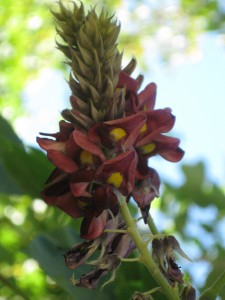
Perhaps, this view is more familiar:
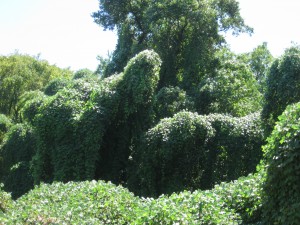
The purplish blossoms have a pleasant, delicate grape-ish smell. They appear in late July or August and continue into September. They are used by some people to make jelly, syrup, tea, and even as a fragrance in soap.
After the vines bloom, seed pods begin appear. They are not so pretty.

You can see from the “hairy” coats they wear, they are prepared for travel. It explains a lot about how this very invasive plant is all over the Southeast.
The other reason it is everywhere is its ultra fast growth rate. In fact, kudzu is sometimes referred to as the foot-a-day vine.
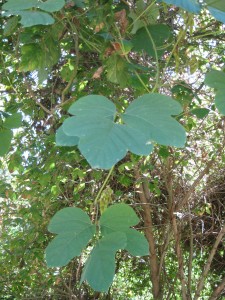
The vines are weaved into baskets by both amateurs and professionals. Kudzu basket making classes are often offered by a variety of organizations in my area, usually during the winter months.
The leaves are made into tea, as a grape leaf substitute, cooked similarly to greens, and even deep fried!
So, just how did the Southeast get so lucky to have such an invasive plant? Well, it was introduced to the United States by Japan (it is native to Japan and China) in the late 1800’s at an exposition in Philadelphia. It, like many other invasive, non-native species, was thought to be a good crop to grow and to use as erosion control.
The government did not know how it would flourish and eventually over take the region. It took them a while, but they eventually declared it a weed. Today, there are many government sponsored control programs.
Goats are one control that some local governments use. Goats eat the entire plant, therefore they are great at ridding an area of the plant. They are often rented out by farmers to local government entities and private citizens who are being invaded by this vine. (Finally, another use for a goat other than goat milk and goat milk fudge.)
Want to know more about Kudzu? There are documentaries, website, and books dedicated to it. Here is a link to a book called The Book of Kudzu. It is very comprehensive.
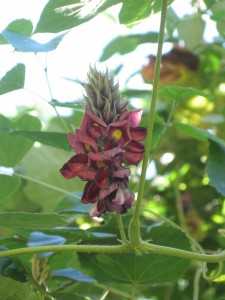
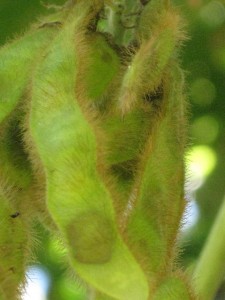
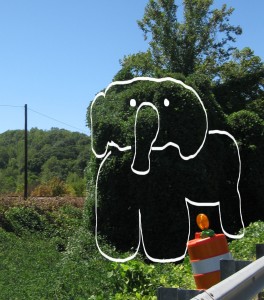






[…] Kudzu, Kudzu Everywhere | Another Segue […]